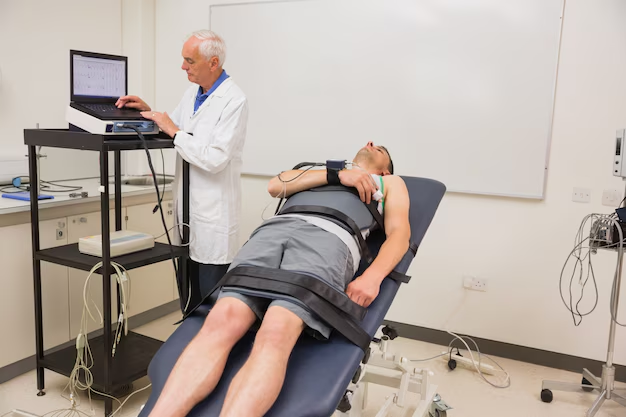Recognizing Parkinson’s Disease: Signs and Steps to Diagnosis
Parkinson's disease, a progressive neurological disorder, often starts with subtle signs that can easily be mistaken for other health issues. Early identification and diagnosis are crucial for managing symptoms and improving quality of life. Let's explore how you can recognize and confirm the presence of Parkinson's disease.
Understanding Parkinson’s Disease Symptoms
To effectively identify Parkinson’s disease, it's important to be aware of primary symptoms associated with the condition:
- Tremor: This often begins in the limbs, frequently a hand or fingers, even when they are at rest.
- Bradykinesia: Slowness in movement can make simple tasks difficult and time-consuming.
- Rigidity: Muscle stiffness can occur in any part of the body and may limit the range of motion.
- Impaired Balance: Postural instability can result in a tendency to fall.
Other non-motor symptoms, such as sleep disturbances, mood changes, and cognitive impairment, might also be present.
When to See a Doctor
If you or a loved one exhibits signs associated with Parkinson's, it's critical to consult a healthcare professional for evaluation. The earlier Parkinson's is detected, the sooner appropriate management strategies can be implemented.
Diagnostic Evaluation Process
A comprehensive medical evaluation is essential in diagnosing Parkinson's disease. Here's how physicians typically assess:
- Medical History Review: Doctors will conduct a thorough review of the patient’s medical history and symptom patterns.
- Neurological Examination: This involves a series of tests to evaluate motor symptoms and cognitive abilities. The doctor may assess tremor, bradykinesia, and muscle stiffness.
- Imaging Tests: While there's no specific test for Parkinson's, an MRI or CT scan may be used to rule out other conditions.
- Levodopa Test: A high likelihood of Parkinson's is indicated if symptoms notably improve after taking Parkinson's medication.
Financial Support for Parkinson's Disease
Once diagnosed, treatment for Parkinson’s can be a lifelong commitment that incurs significant costs. Fortunately, various financial assistance programs are available to help ease this burden:
- 💊 Medication Assistance Programs: Organizations provide medication at reduced costs or sometimes free for eligible patients.
- 💼 Social Security Disability Insurance (SSDI): Qualified individuals can receive financial support if Parkinson's affects their ability to work.
- 🏥 Medicare and Medicaid: These government programs can help cover treatment and medication costs depending on eligibility.
- 🎓 Educational Grants for Caregivers: Programs are available to provide training and support for those caring for Parkinson's patients to improve caregiving skills and reduce financial stress.
- 💳 Credit Counseling Services: Offer practical strategies to manage medical expenses, ensuring financial stability while focusing on health.
While confronting Parkinson’s disease is daunting, knowing the symptoms and diagnostic processes equips you with the knowledge to take action. Exploring available financial and educational resources can ensure that both patients and caregivers receive the support they need. With timely intervention and the right guidance, it’s possible to effectively manage the challenges that come with this disease.

Related Topics
- Are There Environmental Causes Of Parkinsons
- Can Alcohol Cause Parkinson's
- Can Concussions Cause Parkinson's
- Can Concussions Cause Parkinson's Disease
- Can Dogs Get Parkinson's Disease
- Can Dogs Get Parkinsons
- Can Dogs Have Parkinson's
- Can Dogs Have Parkinson's Disease
- Can Females Get Parkinson Disease
- Can Head Trauma Cause Parkinson's